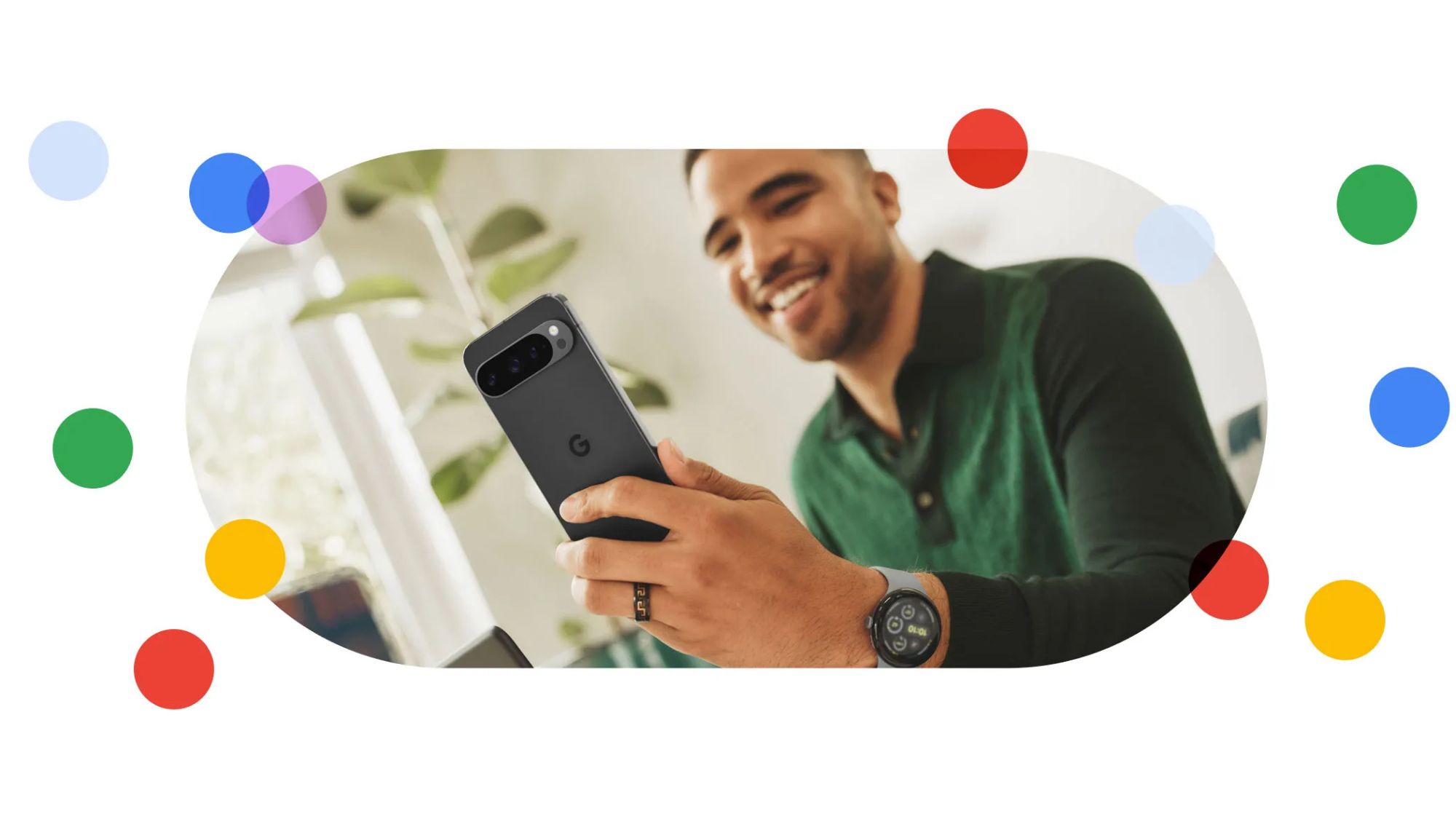5 ways to improve your 5G signal
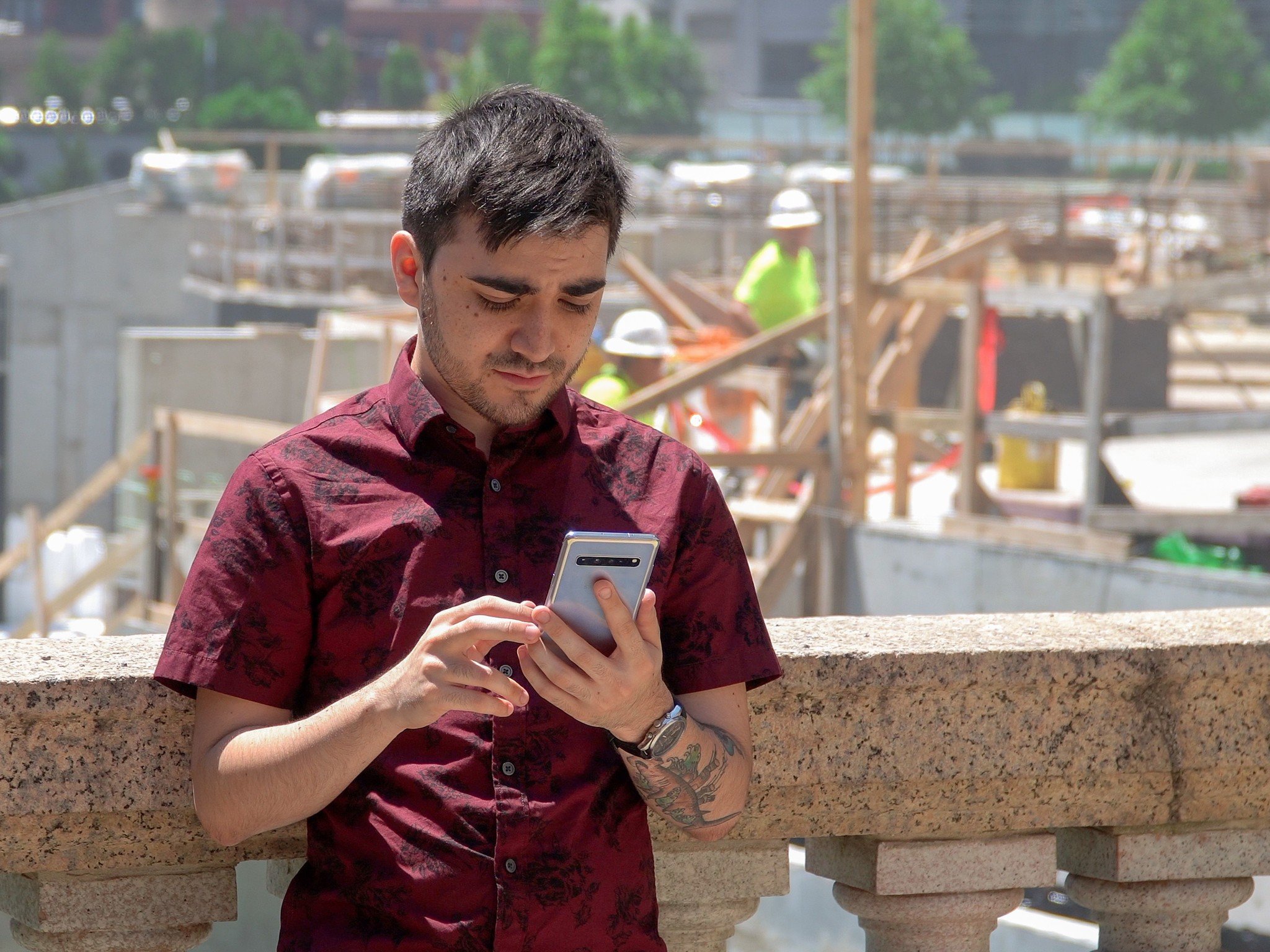
If you've been keeping up with 5G news on Android Central or YouTube you'll find a common refrain: 5G just isn't ready yet. This is an obstacle that carriers, software engineers, and chip designers are all working to address. While we wait for them to improve the tech, there are still a few things we, the end users, can do to make sure we have the best connection possible.
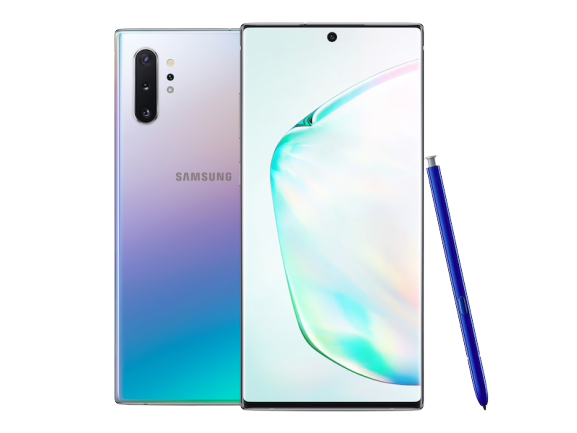
X55 modem with a pen
Get one of the most powerful Android phones around with the best 5G tech on the market. Add in the S-Pen to make this one of the best phones for work.
Better positioning
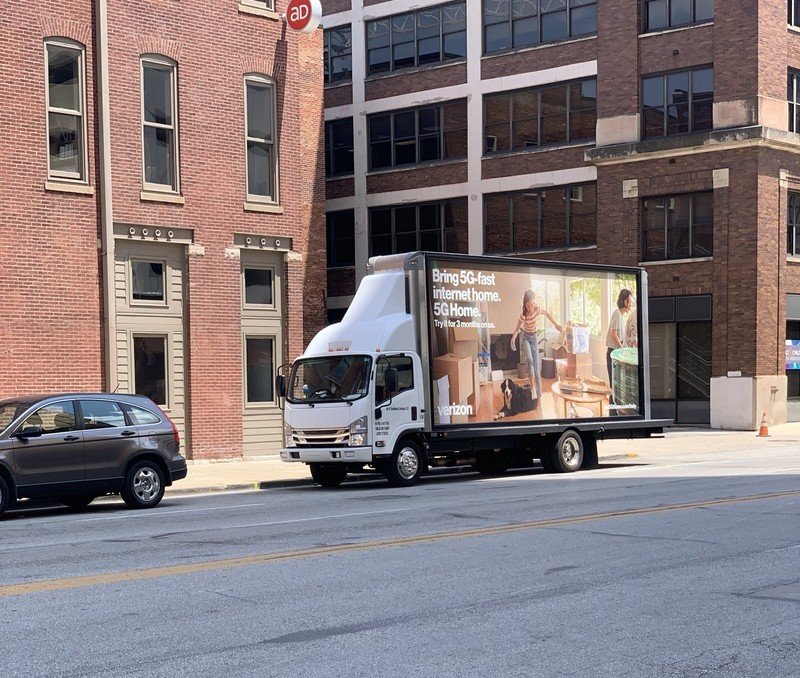
For now, most 5G is deployed at a higher frequency than 4G LTE. For carriers like Verizon, AT&T, and T-Mobile, 5G is exclusively deployed at 24Ghz or higher. There are giant chunks of spectrum available at these frequencies making it very fast, but building penetration is almost non-existent. If you want to make a 5G connections on these high-band networks, you will need to have an almost unobstructed line of sight to the tower.
Mid-band 5G, like the kind Sprint is deploying, is much better in these situations but still has worse building penetration than most LTE deployments. Its 2.5Ghz spectrum has been used for years to provide some of the fastest download speeds around. In ideal situations that is.
As it stands in 2019, Sprint has the most consistent 5G coverage. Still, if you position yourself near a window or away from signal-defeating elements like metal fencing or brick walls, you can improve your signal.
It's worth noting that every carrier, including U.S. Cellular, has announced plans to deploy more mid-band and low-band 5G in the future.
Locate the tower
Put as few obstacles between you and your tower as possible. I will proudly admit to rearranging my living room furniture more than once to improve my signal. You can use an app like OpenSignal to find your nearest tower. Though, if you're connecting to high-band, you can probably see the tower.
If you know where the tower is you can position yourself to have the most direct line of sight possible with few physical obstructions.
Be an expert in 5 minutes
Get the latest news from Android Central, your trusted companion in the world of Android
Get a better phone
Life on the bleeding edge is exciting and expensive. If you bought a 5G phone from the first wave such as the Galaxy S10 5G or the LG V50 Thinq 5G you have an older modem. A modem, standing for modulation demodulation, is a chip in your phone that translates the pulses and frequencies of cell signal into something your phone can use.
The older modems don't support as many different 5G signals and will be severely limited when the aforementioned low-band and mid-band 5G signals become more commonplace. Though expensive, upgrading to a newer 5G phone with the newest X55 modem from Qualcomm allows for a stronger signal in the future.
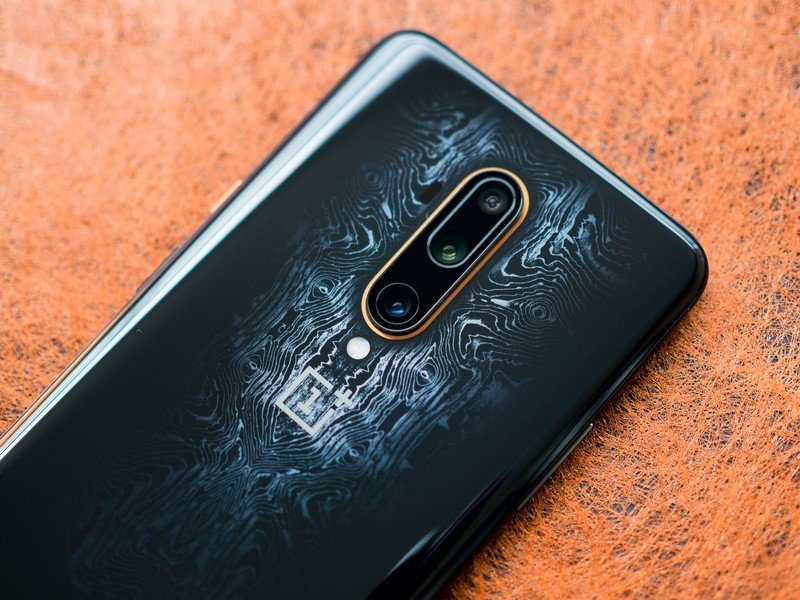
The OnePlus 7T Pro 5G as well as the Samsung Galaxy Note 10+ 5G have this newer modem. Be very careful buying unlocked, however, since compatibility cannot be guaranteed.
Choose your carrier wisely
If you live in a city, it's much more likely that carriers will invest in high-band coverage in your area. For these people, Verizon is the current choice. However, it's still impossible to guarantee a connection until Verizon is able to completely cover every street corner with a 5G node.
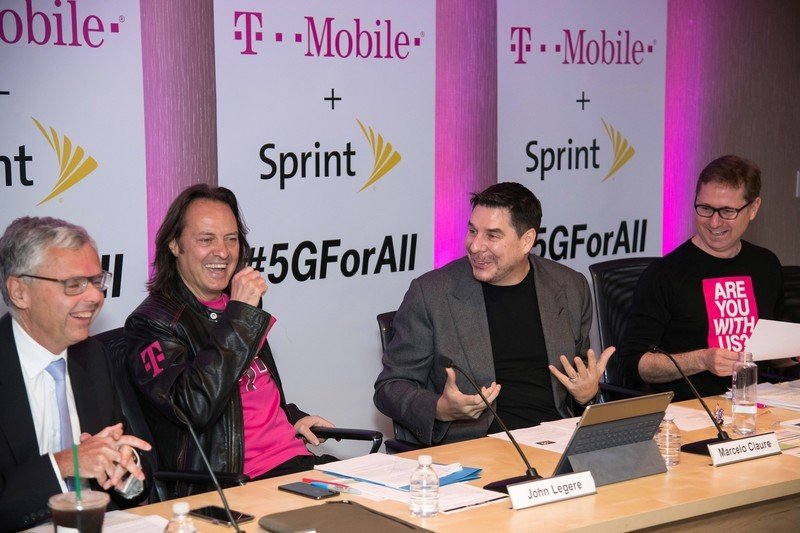
For people that live in the suburbs or rural areas, Sprint is your current best bet with T-Mobile following in early 2020. This is thanks to Sprint's mid-band 5G, which is a great choice for the suburbs. While rural areas will still be a challenge for Sprint's frequency, T-Mobile's 600Mhz spectrum should be king here when it's finished. A combined Sprint and T-Mobile is currently looking like the best of both worlds.
U.S. Cellular is also building a low-band network in it's more limited coverage area and will be a great option for many in the future.
Have some more patience
Every carrier is investing a ton of cash into 5G. The major obstacle right now is the time it takes to deploy new towers and acquire land. Not to mention a fiber optic line needs to be run to each tower.
The longer your wait, the more mature 5G will be, which is likely why both Apple and Google have skipped 5G for their flagship phones this year. You can always bookmark our 5G coverage roundup for an up to date list of cities with 5G coverage.
When Samuel is not writing about networking or 5G at Android Central, he spends most of his time researching computer components and obsessing over what CPU goes into the ultimate Windows 98 computer. It's the Pentium 3.

